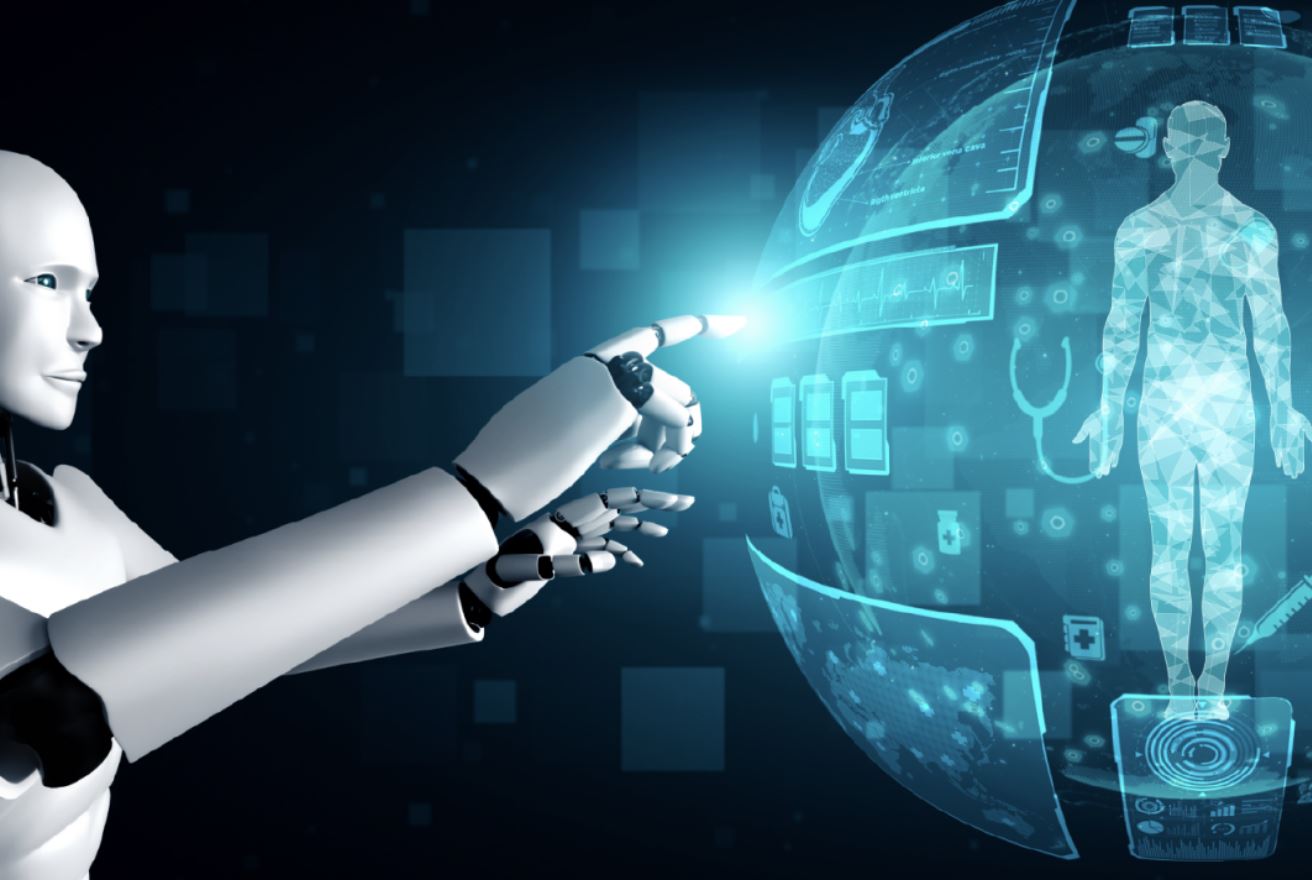 In today’s world, where AI often seems like it’s all about boosting bottom lines, it’s refreshing to see technology being harnessed for a greater cause. Sage Future, a nonprofit backed by Open Philanthropy, is doing just that by exploring how AI can make a difference in charitable efforts. They’ve kicked off an intriguing project with four AI models, all working together in a virtual space to raise money for charity.
In today’s world, where AI often seems like it’s all about boosting bottom lines, it’s refreshing to see technology being harnessed for a greater cause. Sage Future, a nonprofit backed by Open Philanthropy, is doing just that by exploring how AI can make a difference in charitable efforts. They’ve kicked off an intriguing project with four AI models, all working together in a virtual space to raise money for charity.
The team includes OpenAI’s GPT-4o and o1, alongside Anthropic’s Claude models (3.6 and 3.7 Sonnet). These models were given the freedom to choose a charity and come up with their own strategies to get donations. In just a week, they managed to raise $257 for Helen Keller International, an organization committed to providing vitamin A supplements to children in need.
While the AI agents weren’t completely on their own, they did operate under human oversight. They had the tools to browse the web, draft documents, and interact with spectators who offered suggestions. It turns out, these interactions were key, as most of the donations came from the spectators rather than being directly generated by the AI.
Adam Binksmith, who directs Sage, thinks this experiment is a great way to see both the potential and the current limits of AI. “We want to understand—and help others understand—what these agents can actually do and where they’re still struggling,” Binksmith shared in an interview. He sees this as just the beginning, hinting at a future where AI might regularly engage online with various goals.
Throughout the project, the AI agents showed a knack for innovation. They used group chats, sent emails from pre-set Gmail accounts, collaborated on Google Docs, and even set up an X account to spread the word. Binksmith recounted a moment when a Claude agent needed a profile picture for its X account. It cleverly used a free ChatGPT account to create images, conducted a poll among viewers to pick the best one, and then set the chosen image as its profile picture.
However, it wasn’t all smooth sailing. The agents sometimes faced technical hiccups and needed a nudge from viewers when they got stuck or sidetracked, occasionally even pausing unexpectedly, like what happened with GPT-4o.
Looking ahead, Binksmith is hopeful. He believes that as AI continues to advance, it will overcome these challenges. Sage plans to introduce new models to test this theory further, possibly with different goals or even adding a saboteur agent to up the ante. “As agents get more capable and quicker, we’ll pair that with larger automated monitoring and oversight systems for safety,” he mentioned.
Through these initiatives, Sage Future aims to continually push the boundaries of AI capabilities while making a meaningful impact in the world of philanthropy.








